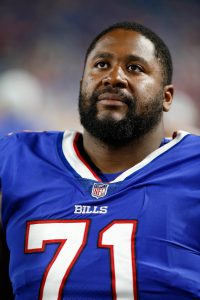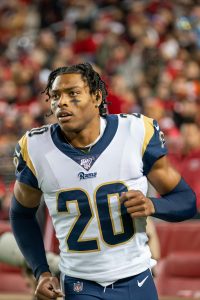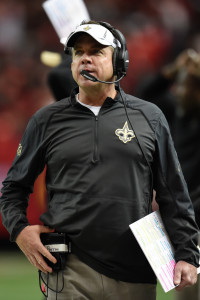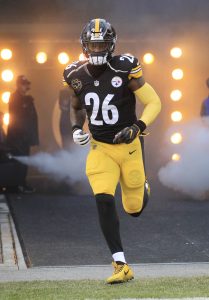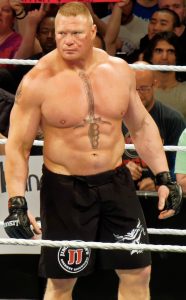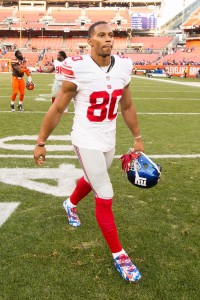More often than not, NFL stars tend to wrap their holdouts in late August. That’s just enough time to drum up leverage, potentially land a new contract, and suit up for the season opener in September. That wasn’t the case for Melvin Gordon in 2019. Two years ago today, Gordon ended his holdout after missing the entire offseason program and multiple weeks of action. 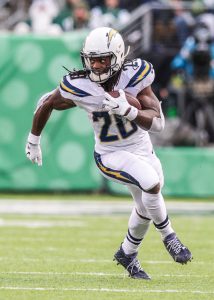
The running back was set to enter his fifth-year option season and wanted a lucrative new deal to put among the highest-paid players at his position. In the four years prior, Gordon averaged 907 yards and seven touchdowns on the ground plus 46 catches, 395 yards, and three scores through the air. The Wisconsin product was named to the Pro Bowl in both 2016 and 2018, so he clearly had a case.
Gordon’s holdout was viewed as unlikely to stretch the entire season. Per league rules, Gordon had to report before Week 10 in order to qualify for free agency the following year. Still, Le’Veon Bell‘s 2018 saga with the Steelers had everyone on edge. For weeks, the word was that Gordon would probably cut it close by showing up at the halfway point of the year.
The star running back didn’t go quite that far. He didn’t dress for Week 4, but the Chargers put him back in the lineup for Week 5. Unfortunately, the Chargers still went 3-9 with Gordon on the field and finished the year 5-11. Gordon’s stats suffered too. He averaged just 3.8 yards per carry, one of the worst showings of his career.
On the plus side, he stayed healthy throughout the three-quarters of a season, putting him in line for a decent payday with the Broncos. Gordon’s two-year, $16MM deal didn’t quite meet his expectations, but he still got $13.5MM guaranteed. Now, Gordon’s in his walk year once again. This time around, he’s on pace for a better platform year. Gordon averaged 5.5 yards per carry in the Broncos’ first two contests and notched his 47th career TD earlier today against the Jets.
